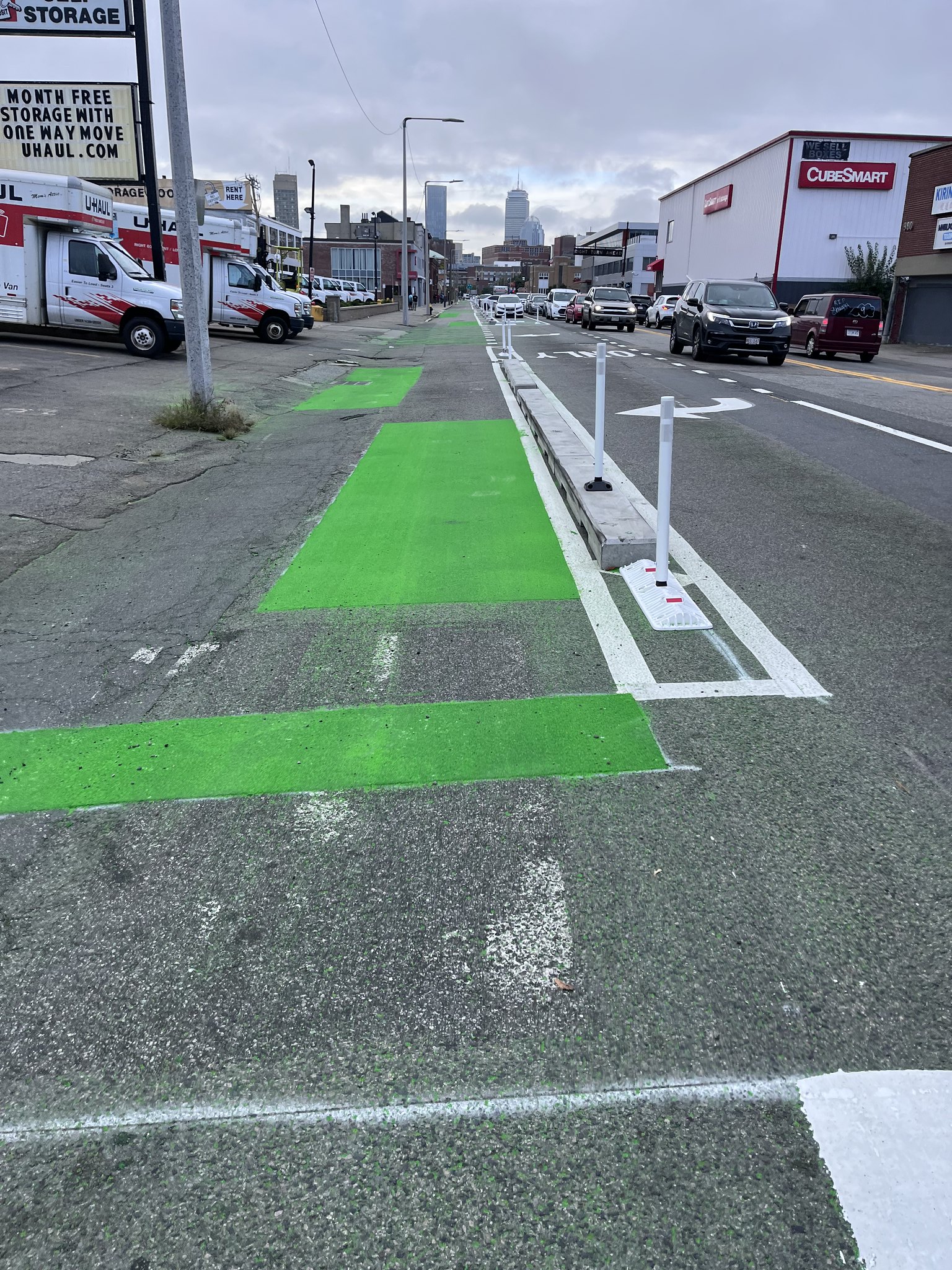But we're not asking the drivers to themselves mode switch to bikes, but rather trying to convince them that (enough) other people will be willing to do it if biking were safe and convenient. Maybe all the suburbanites who only hang out with other suburbanites would feel that way, but they surely can fathom how many ubers & personal cars we can take off the road if all the college students, other young fit people, and crazy biker enthusiasts (like me) would use bikes for all of their intercity trips. Right? Riiiight???
The problem here is that these two points converge into illogical thinking. The removal of a parking or driving lane means less room for cars and not using a car is seen as "out of touch with reality". So now, from their perspective, people out of touch with reality are going around and making traffic worse because, again from their perspective, no reasonable person would ever mode shift to a bicycle (trash like: WHAT HAPPENS WHEN IT RAINS? CHECKMATE CYCLISTS!). That's why the, "I never see anyone using the bike lane" line gets thrown around in the conversation as it helps them solidify their perspective that ultra-niche, wealthy, liberal terrorists with an N=12 have foisted their lanes on the remainder of N=the rest of the population. The studies dedicated to how the perceived safety of the network negatively impacting those who wish to use it lay ignored because that's theory (to them) and when you give them real life examples, "That's Europe and this is America, it'll never work" (see also: "America was built for the car"). This is why my example of one mile is so small but also includes the end to end number. With our most recent studies into accelerating speeds out of traffic lights, ~25 ft between cars is the optimum gap and anything smaller ends up equalling that 25ft gap by the time all the cars stopped are allowed to move through a given light. This results in just 211 bikes to remove one mile of car traffic. The last time I use this argument, I got a the stock rundown:This is the essence of the argument with diehard drivers. (It works for transit improvement as well).
These people, when stuck in traffic, are never self-aware enough to realize that they are part of the dreaded traffic they are stuck in. They always project traffic as being "other guys" who are in their way. If you can convince them that a given alternate mode improvement (bike lanes, transit, etc.) will get those traffic causing "other guys" out of their way, there is a chance that they will become supportive of the efforts. It just can't be about them, personally.
It should be noted, that while I do use the occasional blue bike (1-3 times annually), I am not a cyclist. Like many of you, I see the benefit to our overall transportation network and advocate for it because it dovetails with transit improvements that I am more personally affected by.Appreciate the thought. I also like to bike. I believe the data shows most of our neighbors prefer cars in their daily lives. Families, the infirm, elderly, etc are not going to change because there’s a plastic bollard. I support bike lanes, off the major driving arteries, with seasonal changes that match our usage.




